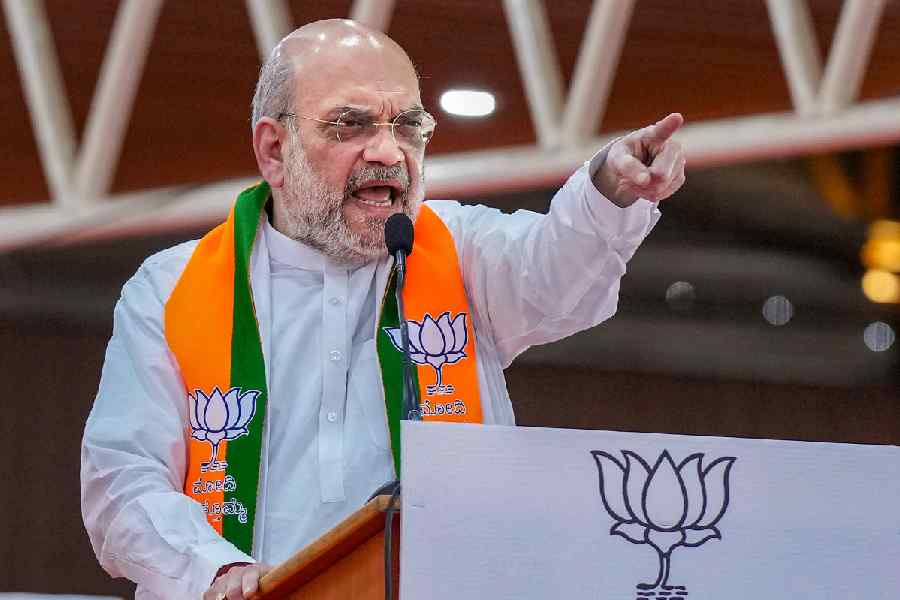On February 8, the Union home minister, Amit Shah, wrote on X that the ministry of home affairs had decided to end the Free Movement Regime between India and Myanmar to bolster the internal security of the country and maintain the demographic structure of the northeastern states bordering Myanmar. It has to be mentioned that the FMR, formalised in 2018, allowed people living on both sides of the border to enter the other country up to 16 kilometres without any visa. Along with that, the Centre has also decided to fence the 1,643-km-long Indo-Myanmar border.
These decisions have, undoubtedly, been taken by the Centre keeping in mind the security interests of India and the Northeast. There have been reports of how the porous Indo-Myanmar border helps Northeast-based insurgent groups, currently sheltered in the jungles of Myanmar, cross the border to carry out terror activities and then return to their hideouts in Myanmar. This porous border is also utilised for the illegal drug trade — another major concern for the country.
In Arunachal Pradesh, the porous border with Myanmar is turning into a law and order issue in the three districts of Tirap, Changlang and Longding. In the last few years, there has been a rise in incidents of extortion and kidnapping in these districts. Last December, Yumsen Matey, a former legislator, was killed by NSCN-K(YA) insurgents operating from the jungles of Myanmar.
In Manipur, where the ethnic conflict between Meiteis and Kuki-Zomis has led to
over 200 deaths, the former have welcomed the decision as they believe that the porous border encouraged illegal immigrants (read Kuki-Zomis) to come and settle in the hills of Manipur.
Illegal immigration is an area of concern in the state. But the fencing of the border and the scrapping of the FMR — it has been opposed by Kuki-Zomis, Nagas and Mizos — cannot be a long-lasting solution. This is because the communities in the Northeast share familial and kinship ties across the border. Take the case of Longwa village in Nagaland’s Mon district. This village, with a population of over 6,000, is unique as one half of it is in India and the other half in Myanmar. The house of the chief (Angh) is divided in such a way that the bedroom lies in India and the kitchen in Myanmar. Keeping the historical ethnic ties in mind, governments of both countries had kept most parts of the border porous in the past.
Already, these communities have been voicing their dissent and urging the Centre not to fence the Indo-Myanmar border. Their concerns should be addressed without compromising national security. The dissent, if allowed to fester, may be used by insurgent groups who would try to exploit the dissatisfaction to swell their ranks.
Instead of fencing the border fully, a challenging task given the hostile, hilly terrain covered with dense jungle, the Centre should look at the option of partial fencing. Given Myanmar’s internal strife since 2021, the porous Indo-Myanmar border has made it possible for refugees from the neighbouring country to settle in Mizoram and Manipur. The refugees have kinship ties with the local tribes. The Centre could opt for a digitised register to track movements on the border.
The Centre must also keep in mind that the scrapping of the FMR and the fencing of the border are unlikely to bring peace to strife-torn Manipur as these measures address the concerns of Meiteis but not of Kuki-Zomis and Nagas. For peace to return in Manipur, the chasm between Meiteis and Kuki-Zomis needs to be bridged by addressing their concerns in an unbiased way.










